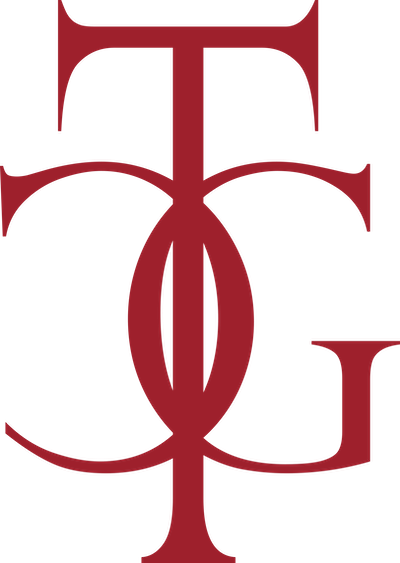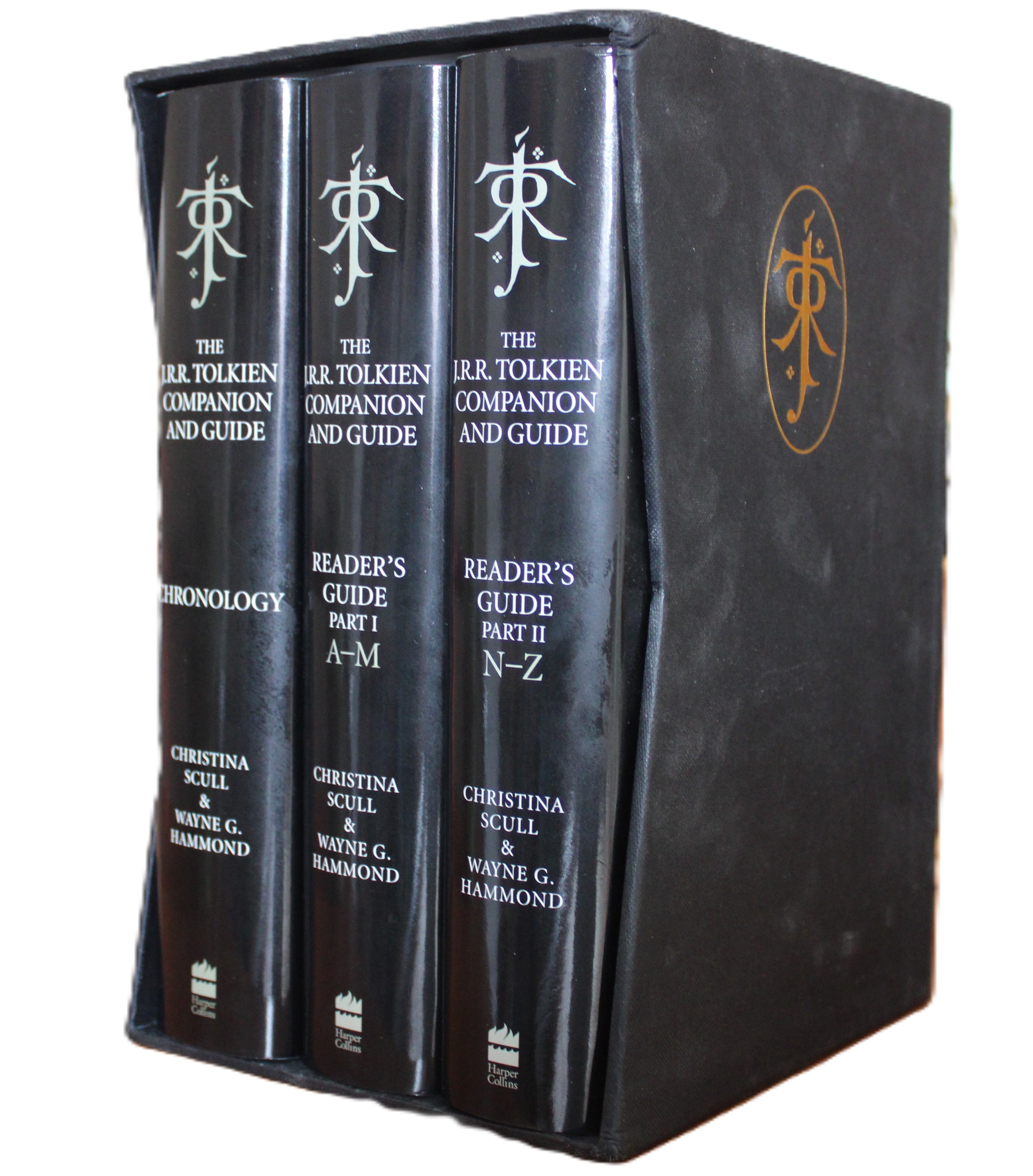Letters  Back to results
Next
Previous
Back to results
Next
Previous
Next Previous
 Back to results
Next
Previous
Back to results
Next
Previous
TCG Letter #519
From
J.R.R. Tolkien
To
Jonathan Hepworth
Date
18 December 1963
Type
Autograph Letter Signed
Transcript
Complete
Tolkien replied to a letter from Jonathan, thanking for his letter - "and especially for the (horrible) view of Mordor and the destruction of Orodruin. I have one criticism and that is that you show the Three Rings inside the unbroken One Ring. That would mean that they were absorbed and conquered by it, I think." He says he had drawn a version of the jacket but that "they proved too expensive, and what was used was a (defective) version of the first."
In his reply, he included a previously unknown phrase in Quenya, "nai lye hiruva airea amanar!"Carl Hostetter commented at the now sadly closed Yahoo group Lambengolmor that
"The inscription reads:
nai lye hiruva airea amanar!
which Tolkien translates as: ‘may thee find a blessed Amanar’, referring to “the Yule and the beginning of the Sun’s return” and representing an “ancient Elvish” equivalent to “merry Christmas”.
I take amanar to be am- ‘up’ + anar ‘Sun’, indicating the Sun’s apparent travel up towards the north from its southern nadir at the solstice." Thanks to Carl for the translation.[1]
In his reply, he included a previously unknown phrase in Quenya, "nai lye hiruva airea amanar!"Carl Hostetter commented at the now sadly closed Yahoo group Lambengolmor that
"The inscription reads:
nai lye hiruva airea amanar!
which Tolkien translates as: ‘may thee find a blessed Amanar’, referring to “the Yule and the beginning of the Sun’s return” and representing an “ancient Elvish” equivalent to “merry Christmas”.
I take amanar to be am- ‘up’ + anar ‘Sun’, indicating the Sun’s apparent travel up towards the north from its southern nadir at the solstice." Thanks to Carl for the translation.[1]
1 Carl Hostetter commented at the now sadly closed Yahoo group Lambengolmor that
"The inscription reads:
nai lye hiruva airea amanar!
which Tolkien translates as: ‘may thee find a blessed Amanar’, referring to “the Yule and the beginning of the Sun’s return” and representing an “ancient Elvish” equivalent to “merry Christmas”.
I take amanar to be am- ‘up’ + anar ‘Sun’, indicating the Sun’s apparent travel up towards the north from its southern nadir at the solstice." Thanks to Carl for the translation. ↩
"The inscription reads:
nai lye hiruva airea amanar!
which Tolkien translates as: ‘may thee find a blessed Amanar’, referring to “the Yule and the beginning of the Sun’s return” and representing an “ancient Elvish” equivalent to “merry Christmas”.
I take amanar to be am- ‘up’ + anar ‘Sun’, indicating the Sun’s apparent travel up towards the north from its southern nadir at the solstice." Thanks to Carl for the translation. ↩
Next Previous









 5
5 236
236